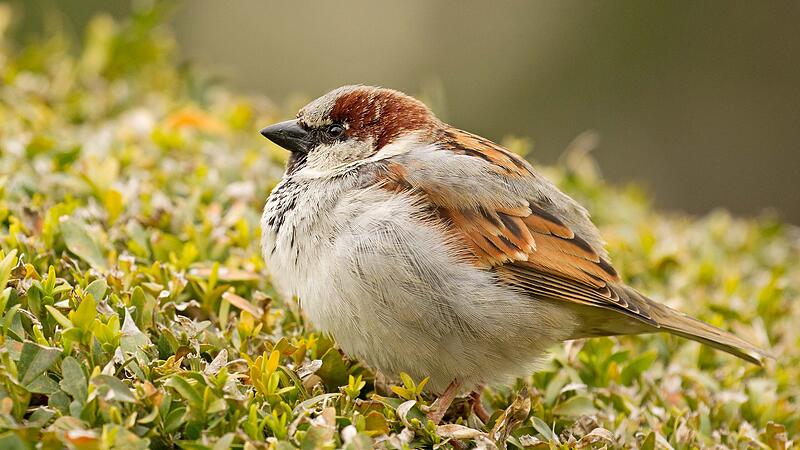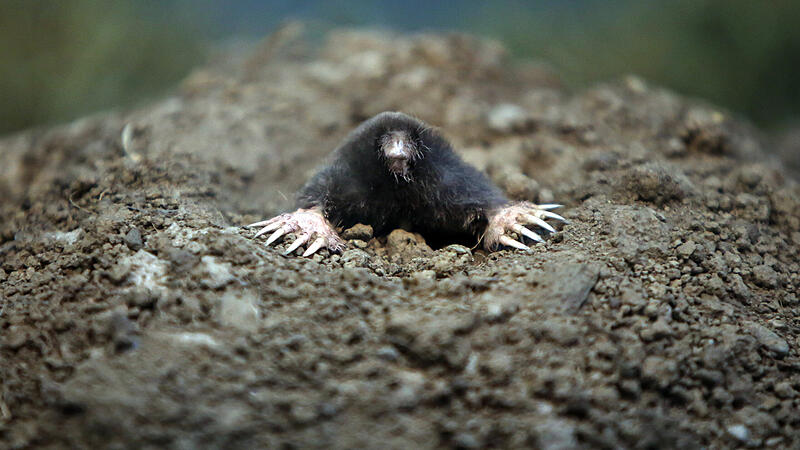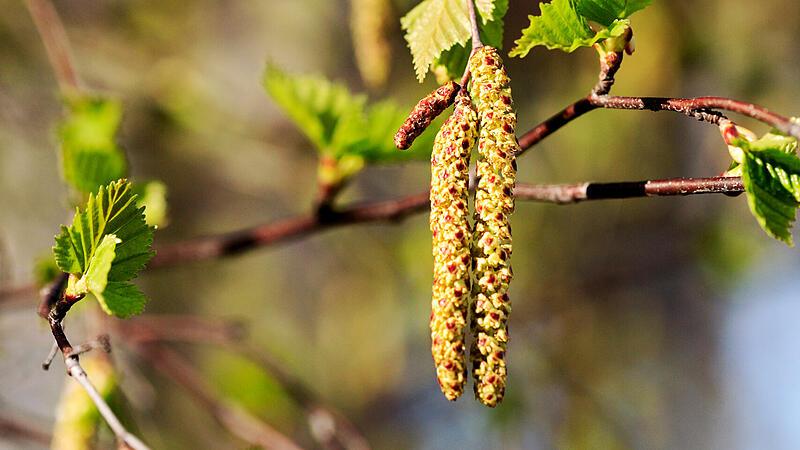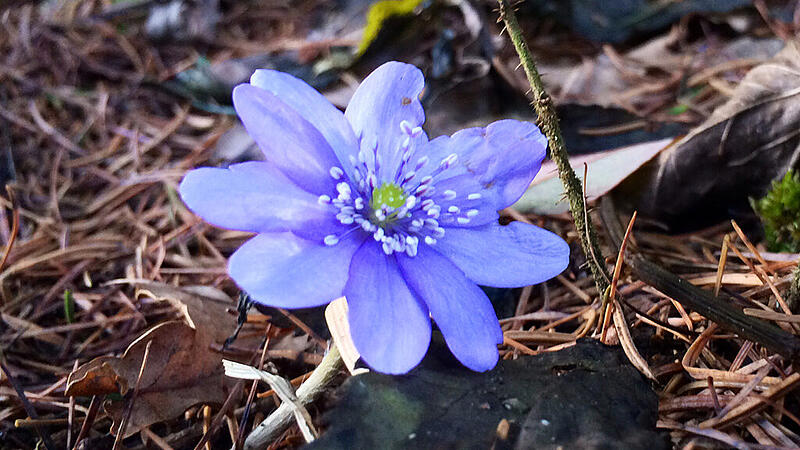The birds are chirping, the bees are looking for food, and the first spring flowers are poking their heads out of the ground: The year 2023 is only a few days old and nature is already waking up from hibernation. “For me personally, it’s almost a typical English winter: hardly any snow and temperatures of around ten degrees in January and February,” says OÖN organic gardener Karl Ploberger.
Nature has adapted to the mild winter months; according to Ploberger, a few rainy, cold January days would not have a dramatic effect on snowdrops, liverworts and roses. “It only becomes dangerous for the plants when the dead frost – i.e. frost with temperatures below minus 5 to minus 10 degrees – occurs without snow. Because the snow acts like a protective blanket on the flowers.”
Bees are out too early
Some native shrubs, such as hazel, are now reacting to the spring temperatures and are beginning to bloom. The mild temperatures would not yet affect the fruit trees. “For the apricot and cherry harvest, a possible late frost in April and May will be decisive,” says Ploberger.
Many animals are already looking for food: the mole benefits from the warm ground and is already leaving its tracks on the meadows. Atypical, however, is the busy flight behavior of the bees: “They need too much food too early. The queen bee also lays her eggs earlier when it’s warm, which is why the bee colony has to adapt,” says beekeeper Johann Zöchbauer. However, the main threat to the hive remains the Varroa mite.
According to Zöchbauer, the fact that the bees are already on the move is atypical and not a good sign. Because the mild temperatures are already luring the eager insects out of their winter cluster, into which they retreat closely during the cold winter months. If they start their flight now, they need a lot of energy and therefore food, which fills their excrement bladder. If winter sets in again, the bees have to give up the digested food – this cleaning flight usually happens at the end of February or beginning of March. Now this could put the entire hive at risk.
Fewer birds in the gardens
The bird feeders set up in the garden are often deserted this year, and there is no bird chirping. Due to the mild temperatures, the animals find enough food in the wild. Spruces and beeches produced a particularly large number of fruits in autumn, which is becoming more and more common due to climate change, says Gabor Wichmann from Bird Life. Therefore, house sparrows and great tits would stay away from the settlements more and more often. This is also confirmed by the preliminary balance of the Bird Life winter bird count: So far, around 25 birds per garden have been reported, a significant decrease compared to the previous year with 31.

Image: Michael Dvorak
Molehills as far as the eye can see
Brown mounds of earth are already piling up on the fresh meadows – even the mole is becoming active prematurely in the spring-like temperatures. In general, the mammal does not fall into the classic hibernation, but only slows down its respiratory rate and lowers its body temperature in the winter months. Due to the spring-like weather conditions, the soil warms up again, it loosens more easily and becomes the ideal breeding ground. Earthworms, larvae and insects also live in the top layers of soil – a perfect source of food for the active mole, which is now leaving its mark on the meadows again with its shovel-like digging claws.


Image: VOLKER Weihbold
Hazel and willow begin to bloom
Bad news for those who are allergic to pollen: the mild temperatures in January are already promoting the rapid development of early bloomers such as hazel and alder. The foehn regions and areas near cities are particularly affected. Especially on dry days with temperatures above five degrees Celsius, allergy sufferers who react sensitively to pollen from these early bloomers have to reckon with increased stress. From mid-January, the pollen warning service is forecasting the start of flowering across the board. Other trees, such as fruit trees, are not yet reacting to the spring-like weather conditions.


Image: Colourbox
Spring feeling through blossom splendor
During a walk through Upper Austria’s forests or at higher altitudes, the first heralds of spring are already poking their heads out of the ground: snowdrops, daisies, snow roses and liverworts, and the first tips of the crocuses can also be seen. The buds of some roses also sprout. Only another cold wave like in mid-December could have a dramatic impact on the spring bloomers: in the case of a frost with temperatures below minus 5 to minus 10 degrees Celsius, the flowers freeze because they also lack snow as a warming protective cover.


Image: Ploberger
OÖNplus
Why the young forest did not recover despite the “fulfilled” shooting quota
New AI software causes a stir: “Like the invention of the steam engine”
Sewer renovators with 130 employees facing bankruptcy
all OÖNplus articles
more from Upper Austria
European Union brings Ars Electronica Linz in front of the curtain
Dead or alive: How the different vaccines work
Austria remains a paradise for spies
Austria – for many migrants just a stopover
k.ploberger@nachrichten.at


My themes
For your saved topics
found new items.

info By clicking on the icon you add the keyword to your topics.
info
Click on the icon to open your “My Topics” page. They have of 15 tags saved and would have to remove tags.
info By clicking on the icon you remove the keyword from your topics.
Add the theme to your themes.
Source: Nachrichten



